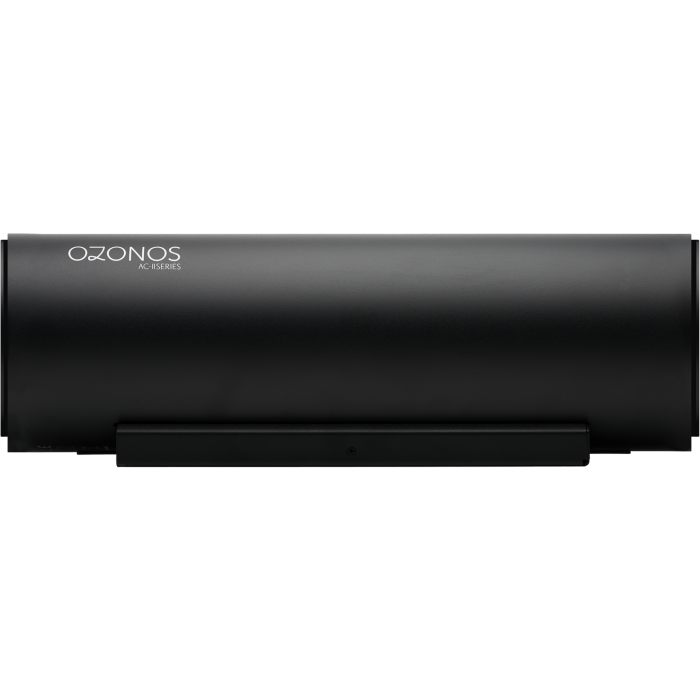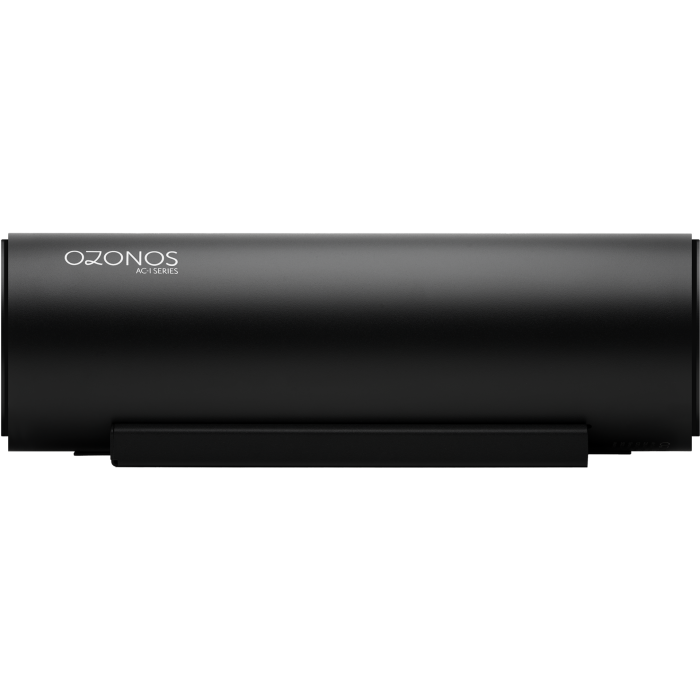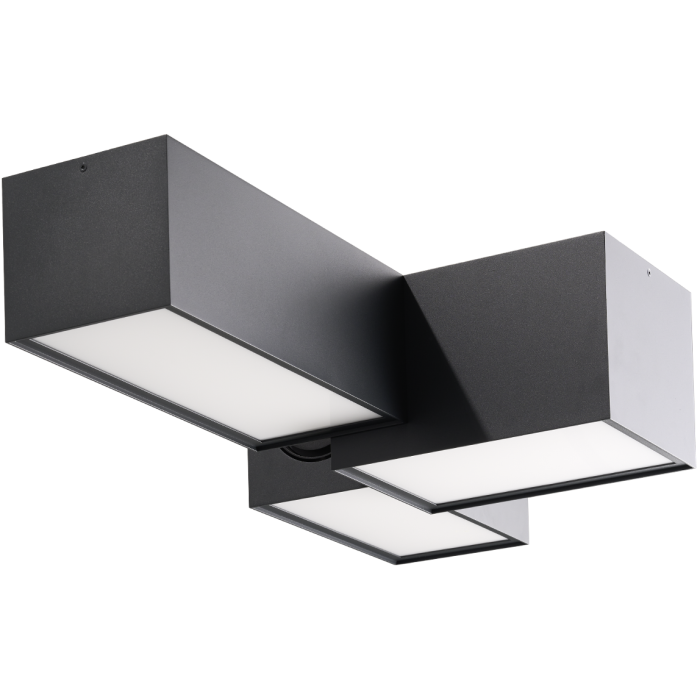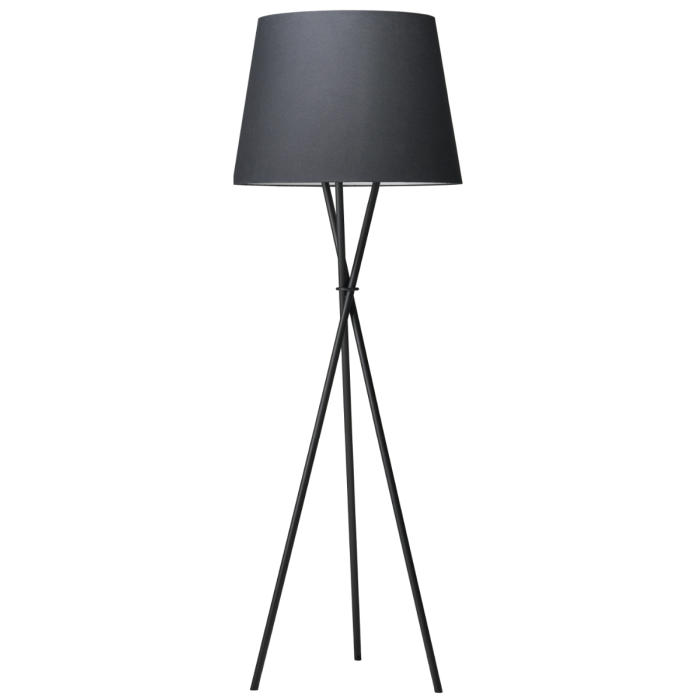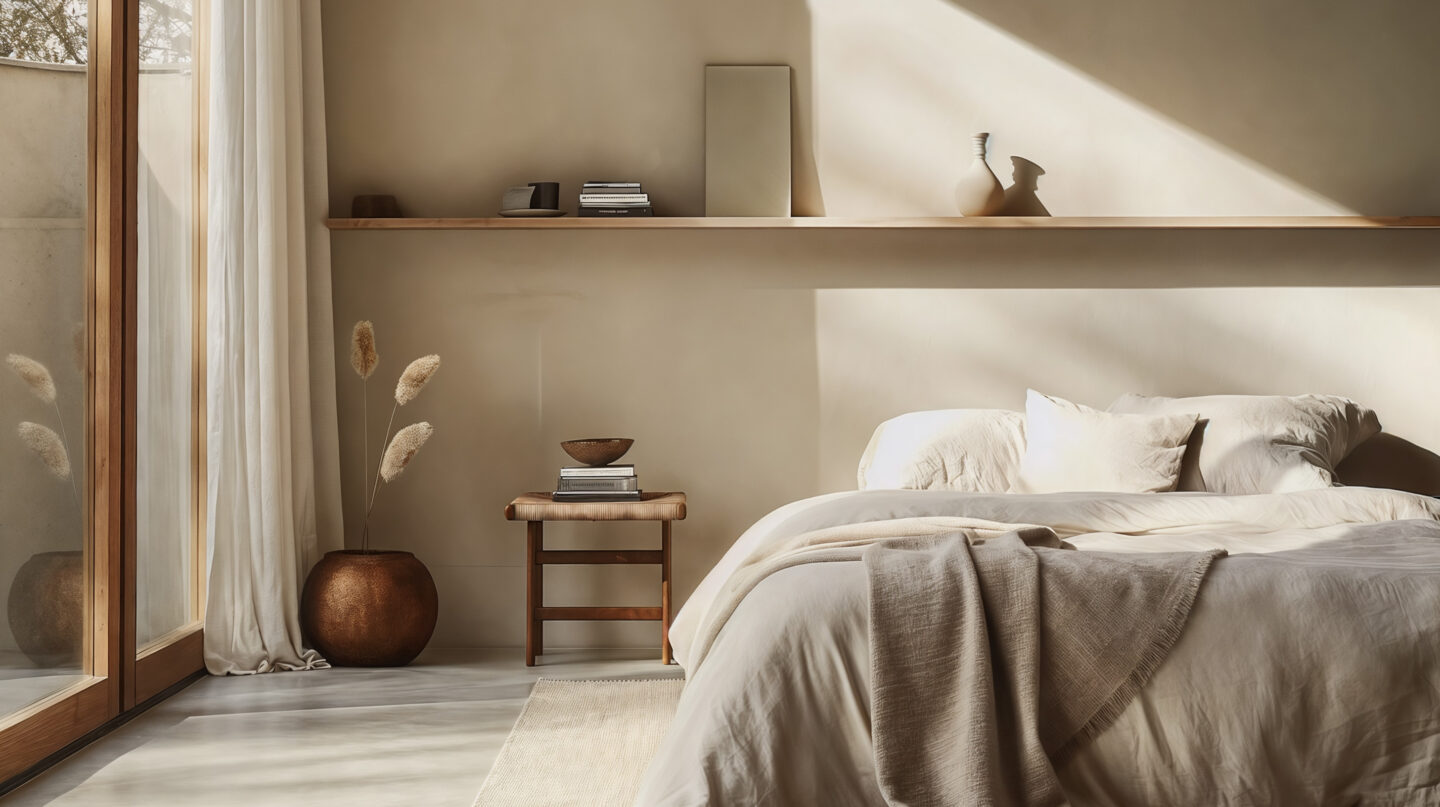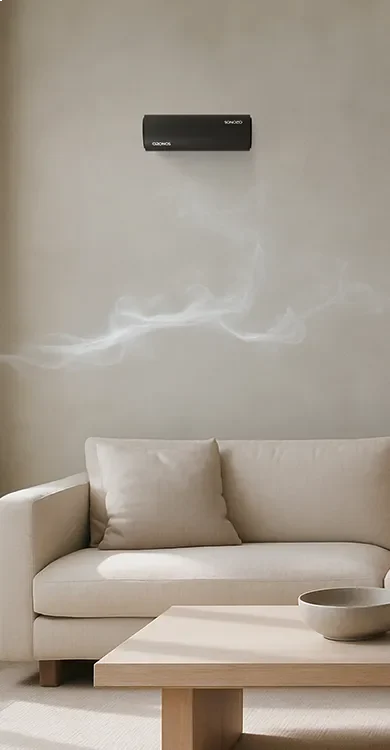Remove house dust – eliminate allergens with OZONOS®
Whether on furniture, in mattresses, or in the air – household dust is everywhere, especially in our own homes. What many don’t know: it’s not the dust itself, but its invisible components that pose a real health risk. For allergy sufferers and sensitive individuals in particular, it can trigger irritations that, over time, reduce performance and well-being in daily life. In this article, we take a closer look at the issue – and show why air purifiers from OZONOS® are the ideal solution for household dust allergies.
What Is Household Dust – And Why Is It More Than Just a Little Dirt?
Your home should be a place of relaxation and comfort. But unpleasant odors can quickly disrupt that atmosphere. Whether it’s cooking grease, frying fumes, unpleasant smells from the trash, or smoke from burnt food – odors spread quickly, especially in open kitchens, and affect the well-being of your family and guests. In living spaces where the kitchen, dining, and living areas flow into one another, it is essential to ensure clean and fresh air.
What Does Household Dust Consist Of?
-
Dust mite droppings
-
Dead skin cells and flakes from humans and animals
-
Bacteria
-
Mold spores
-
Pet hair
-
Textile fibers
-
Pollen
-
Abrasion from furniture and carpets
Formation and Sources of Dust – Where Does Household Dust Come From?
A large portion of household dust is generated directly indoors – especially in the places where we spend the most time: the home, the bedroom, or the living room. In closed spaces, tiny particles accumulate continuously, mainly caused by humans. Sources of dust include skin flakes, textile fibers from clothing or pillows, hair, cobwebs, and even abrasion from furniture.
Everyday activities such as making the bed, airing out rooms, or simply moving around stir up dust, which then spreads unnoticed through the air. Pollen or dirt brought in from outside also contribute to indoor air pollution. The result is a fine, barely visible mixture that settles deep into carpets, mattresses, or upholstery – and has a lasting impact on indoor air quality.
Why Daily Cleaning Isn’t Enough Against Dust
Even with daily vacuuming or mopping, cleaning usually only tackles visible surfaces. The fine household dust that settles deep in carpets, upholstery, or curtain fibers often cannot be fully removed with conventional methods. On top of that, many of the most harmful particles float invisibly in the air and escape any standard cleaning routine. Especially in frequently used rooms like bedrooms, living rooms, or children’s rooms, new dust is constantly being stirred up.
Without targeted treatment of the indoor air – for example with modern air purifiers like OZONOS® – a large share of the pollution remains and can, in the long run, affect both health and overall well-being.
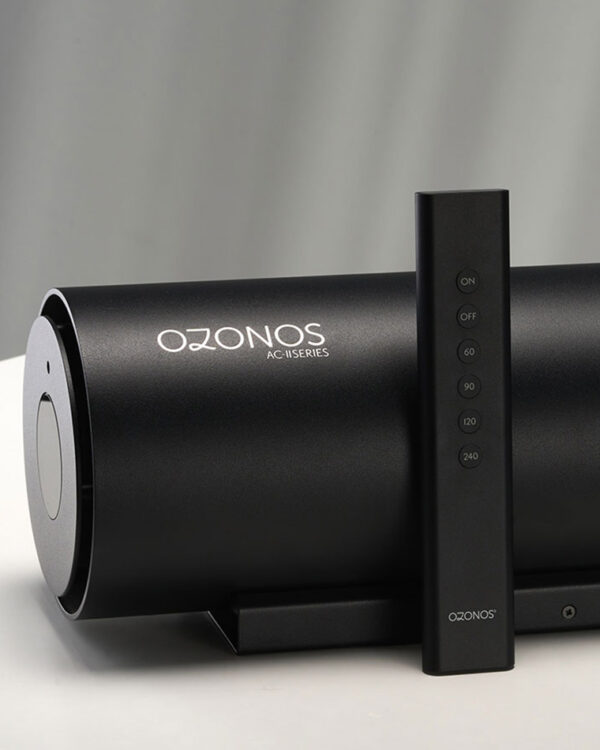
Is Household Dust Dangerous to Your Health? – What You Should Know
It’s not the visible dust itself, but what it contains that poses a health risk. The allergens and microorganisms found in household dust can, over time, cause serious health problems.
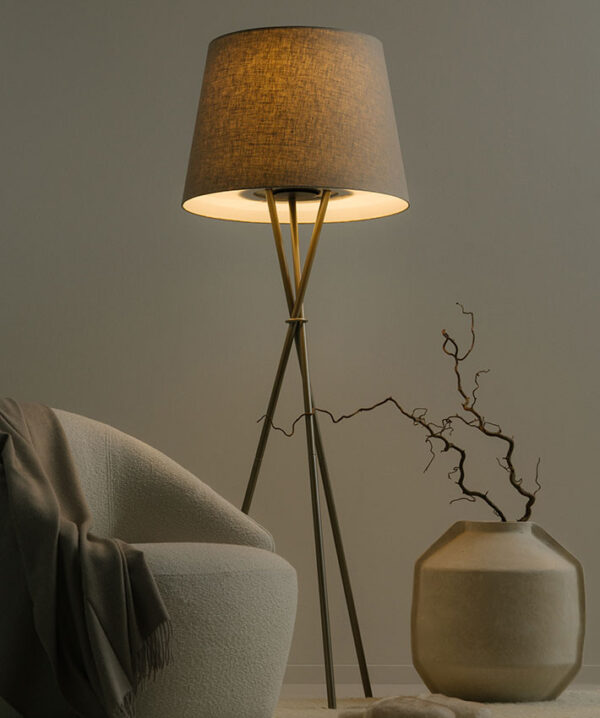
Breathing in Household Dust – What Happens in the Body?
When dust is inhaled, tiny particles can penetrate deep into the lungs. This is particularly dangerous for people with respiratory conditions such as house dust asthma. Long-term exposure can trigger chronic irritation.
Who Is Especially Affected by Household Dust?
-
Allergy sufferers (e.g. mites or pet dander)
-
Children with sensitive immune systems
-
People with asthma
-
Seniors
-
People with neurodermatitis
Even small amounts of allergens in household dust can trigger symptoms in sensitive individuals – often without an immediately recognizable cause.
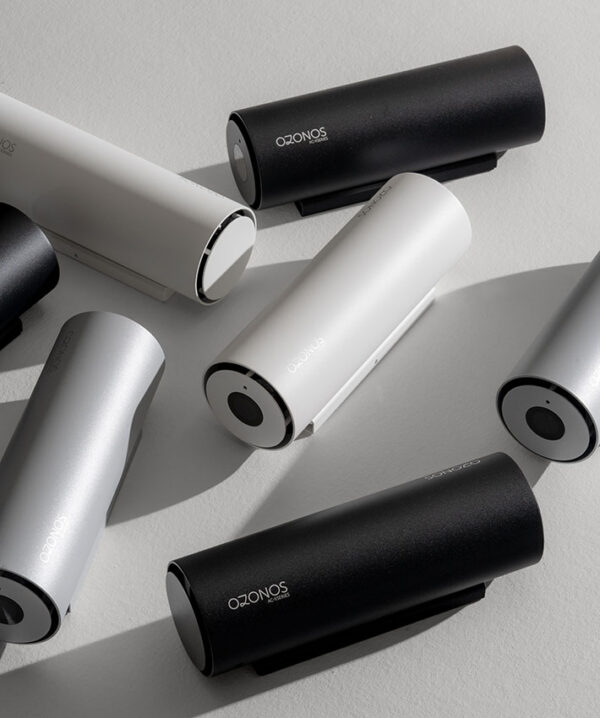
Recognizing the Symptoms – is Household Dust a Problem for You?
What Really Helps Against Household Dust?
Effective measures against household dust go beyond just cleaning – it’s about specifically reducing and neutralizing the triggers within the dust. House dust mites thrive in warmth and humidity – which makes mattresses, unwashed pillows, and upholstered furniture common sources of allergens.
Wash pillows regularly at 60 °C, keep bedding clean, and ventilate with cooler air to make the indoor climate less attractive for mites. Bedrooms facing busy streets may worsen symptoms due to added air pollution. Consistent environmental control is a key part of any successful treatment.
Reducing House Dust Allergy – But How?
-
Change bed linens regularly (at least once a week, wash at 60 °C)
-
Use mite-proof covers for mattresses, duvets, and pillows
-
Filter household dust with high-quality air purifiers
-
Use air purifiers with UV-C technology against house dust
-
Opt for low-dust furnishings: fewer carpets, stuffed animals, and curtains
HEPA filters collect household dust – but they don’t remove it permanently
HEPA Filters Collect Household Dust – But They Don’t Remove It Permanently
Air purifiers with HEPA filters are widespread, but they are not always the ideal solution for house dust allergies – and for several reasons:
- They capture particles – but don’t destroy them:
HEPA filters trap dust, mite droppings, and pollen, but they don’t neutralize the allergens. The triggers remain inside the device – and can even be released again when the filter is changed. - Filters require regular maintenance:
Without consistent cleaning or replacement, the HEPA filter itself can become a source of mold, bacteria, or re-released dust. - No effect on odors, germs, or volatile substances:
HEPA filters do not help against gaseous substances or microorganisms, which can also cause discomfort in indoor air.
That’s why OZONOS® does not rely on HEPA filters, but on UV-C technology. This technology neutralizes allergens – as well as bacteria, viruses, and unpleasant odors that can impact our health. Costly filter replacements are therefore unnecessary with OZONOS® air purifiers.
Stop Household Dust Allergies – Finally Breathe Freely with OZONOS®
Remove or neutralize allergens in household dust?
OZONOS® works with active ozone (O₃) – a natural form of oxygen. It permanently neutralizes allergens, bacteria, and odors in the air – instead of just filtering them.
Why use OZONOS® against household dust allergies?
-
Neutralizes mite droppings, mold spores & more
-
Proven to improve indoor air quality
-
Operates quietly and without filter changes
-
Ideal for bedrooms, children’s rooms, and living areas
Frequently Asked Questions – OZONOS® for Household Dust Allergies
Yes – thanks to the oxidative effect of ozone, these allergens are rendered harmless.
Because OZONOS® doesn’t just trap allergens – it actively breaks them down, without the need for high-maintenance filters.
They are destroyed at the molecular level – ozone oxidizes the substances that trigger allergies.
For visible dust, manual cleaning is still important – OZONOS® complements this by purifying the air.
Yes – the device operates whisper-quiet. The amount of ozone is so minimally dosed that it is safe and fully compliant with DIN standards.
Many users report a noticeable improvement within just a few days – especially when it comes to sleep quality or how they feel upon waking in the morning.

